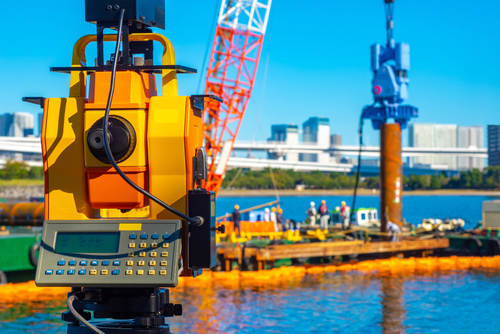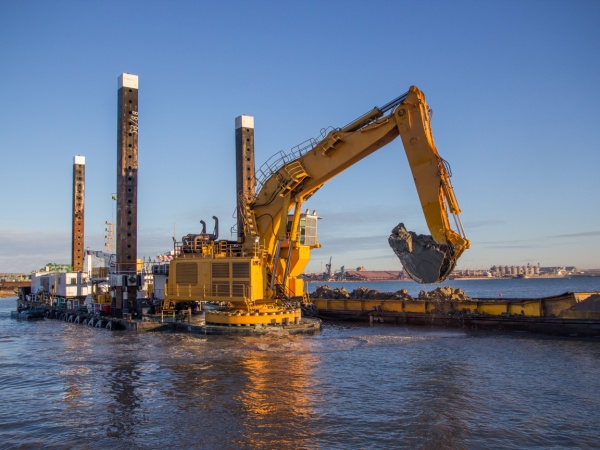In Clay Township, dredging is a vital service for preserving safe and navigable waterways in canals, marinas, and private waterfront properties. Over time, silt, sediment, and natural debris accumulate along the shoreline, reducing water depth and obstructing boat access. This buildup can also affect drainage, contribute to shoreline erosion, and impact the overall health of the waterway. Our experienced team carefully removes these materials, restoring proper depth, improving water flow, and enhancing the usability of your waterfront. By combining efficient techniques with environmentally responsible practices, we help property owners maintain safe, accessible, and attractive waterways—ensuring that boating, fishing, and waterfront recreation can be enjoyed year-round.


benefits of dredging
- Enhanced Navigation: Create safe boating channels free of obstructions.
- Improved Water Flow: Reduce flooding by clearing sediment buildup.
- Shoreline Restoration: Prevent stagnation and reclaim usable waterfront.
- Environmental Protection: Remove pollutants and improve aquatic ecosystems.
- Enhanced Aesthetics: Remove decaying vegetation and accumulated sludge.
Planning & Permitting
We handle environmental permitting with EGLE and Clay Township. Prior to dredging, we perform depth mapping and sediment testing to ensure regulatory compliance and optimal results.
Customized to Fit Your Needs
Whether it’s clearing a residential canal or deepening lakefront access, each dredging project is tailored to the property’s shoreline shape, depth goals, and water conditions.
Related Services
Discover our full range of marine construction services in Clay Township.


our process
- Site Assessment & Depth Survey: We evaluate sediment levels and channel conditions.
- Permit Coordination & Filing: Full compliance with state and federal regulations.
- Equipment Mobilization: Hydraulic, mechanical, or cutterhead dredging depending on the site.
- Dredge Operation: Efficient sediment removal and environmentally safe material relocation.
Contact us today to schedule a dredging assessment or request a project quote in Clay Township to ensure your shoreline remains navigable and secure.
Why Clay Township?
Clay Township offers unparalleled access to freshwater rivers, canals, and the scenic waters of Lake St. Clair. Rich in maritime history, the area is home to notable landmarks such as the St. Clair Flats Range Lights and the historic Leroy Smith House, making it a place where both functional and visually appealing marine structures are highly valued. Whether you’re boating, fishing, or simply enjoying waterfront living, Clay Township provides the ideal setting for a vibrant maritime lifestyle.
Key Local Contacts:
- Clay Township Police (served by New Baltimore PD): 37885 Green Street, New Baltimore, MI 48047 — (586) 725-2181
- Clay Township Fire Department: 9625 Muskrat Run, Clay Township, MI 48001 — (810) 794-9347
- Algonac-Clay Township Library: 2011 St. Clair River Drive, Algonac, MI 48001 — (810) 794-4471
- Algonac Community Schools: 5201 County Line Road, Algonac, MI 48001 — (810) 794-9364
- Clay Township Municipal Offices: 4710 Pointe Tremble Road, Clay Township, MI 48001 — (810) 794-9320
Nearby attractions such as the Colony Tower Complex and Harsen House highlight the township’s deep maritime heritage, offering both residents and visitors a unique connection to the history and culture of St. Clair County’s waterways.


FAQ
Q: Can you drive piles year round?
A: Yes. Winter installations may require ice prep, but work can be completed in all seasons.
Q: what kind of dredging is used?
A: We use hydraulic or mechanical dredging depending on the site and environmental impact.
Q: where does the sentiment go?
A: It’s tested and either reused on-site or hauled to an approved disposal site.
Q: how often should dredging be done?
A: Every 5–10 years depending on water traffic, sediment load, and site conditions.


